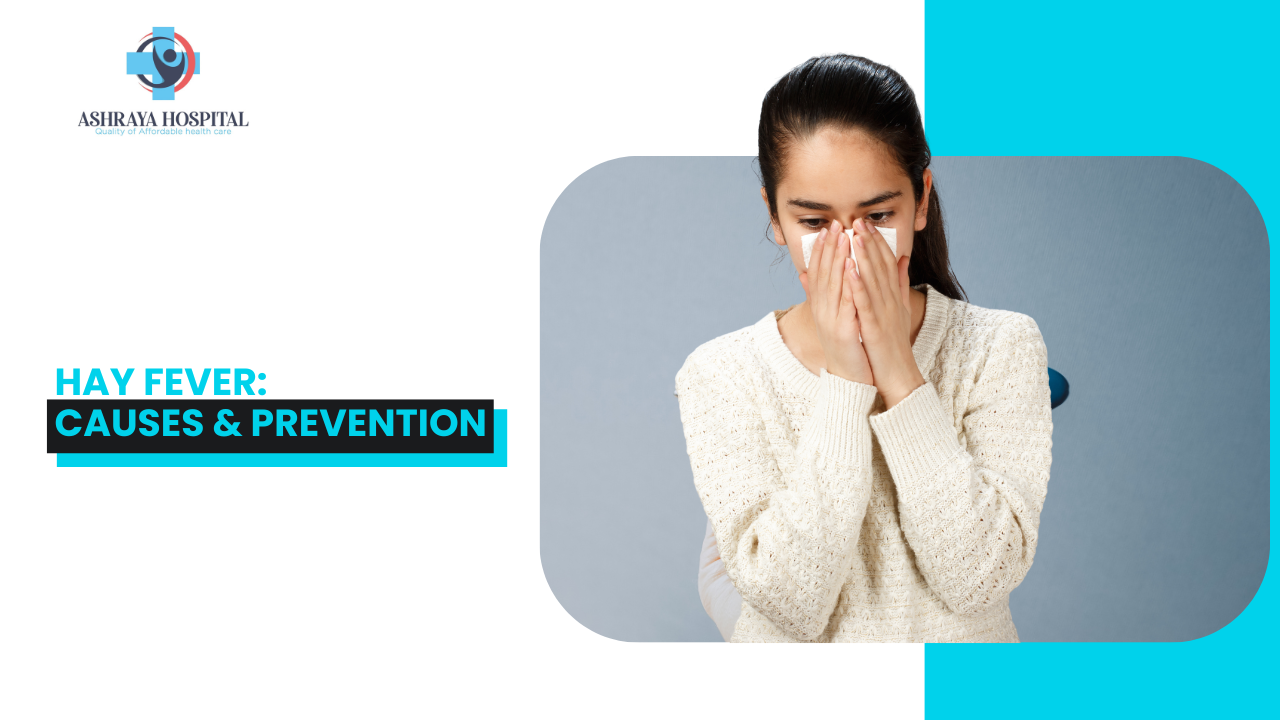



Have your hay fever seasonal allergies felt more intense lately? You’re not imagining things. Millions worldwide suffer from hay fever allergies, sneezing, itchy eyes, fatigue, but research shows that today’s allergy seasons are starting earlier, lasting longer, and hitting harder than ever. In this blog, we’ll explore why hayfever and allergies are worsening, uncover the environmental drivers behind these changes, and offer practical steps to reduce your symptoms and protect your well-being.
In India, rising temperatures and shifting patterns are amplifying hay fever and seasonal allergies across the country. Experts estimate that 20%–30% of the population in urban areas suffers from allergic rhinitis, with many cases tied to changing environmental conditions.
Climate change has extended the duration of pollen seasons in India. Warmer temperatures and elevated CO₂ levels, functioning like fertiliser, allow plants to release more pollen, earlier and for longer periods. Indian researchers confirm that seasonal disruptions, such as monsoon variability and extended warm spells, are making allergy triggers far more prevalent.
Air pollution makes pollen more potent. In cities like Delhi, where smog is high, pollutants can alter pollen particles, making them more allergenic. The result is worse symptoms, more sneezing, congestion, and breathing issues.
As India warms, allergy-causing plants are spreading to new regions. For example, ragweed, once confined to specific areas, is now emerging in cities where it previously had no presence, exposing new populations to allergic reactions.
Climate change isn’t just roughening allergy seasons, but it’s creating dangerous allergy storms. In “thunderstorm asthma” events, storms rupture pollen into tiny fragments that can bypass nasal filters and trigger sudden asthma attacks in large groups of people. Extreme weather is expected to increase the frequency of these episodes, putting greater pressure on public health systems and allergy sufferers alike.
1. Track Pollen & Adjust Behaviour
Stay up to date on local pollen forecasts and avoid outdoor time during peak pollen hours (typically early morning and evening).
2. Improve Indoor Air Quality
Keep windows closed on high pollen days, use air purifiers with HEPA filters, and shower immediately after coming indoors to wash off pollen.
3. Start Meds Early
Begin taking non-sedating antihistamines and nasal corticosteroids two weeks before symptoms normally begin to stay ahead of flare-ups.
4. Explore Long-Term Relief
If medications aren’t enough, speak to a specialist about allergy shots (immunotherapy). These can reduce symptoms long-term.
5. Push for Environmental Improvements
Support urban planting of low-allergen species and advocate for better air quality. Even small changes like reduced car use can benefit allergy sufferers.
Hay fever allergies are growing more intense and longer-lasting due to a combination of climate change, pollution, invasive plants, and extreme weather events. While this presents clear challenges for health and daily comfort, taking proactive steps, like planning, improving indoor air, and seeking help early, can make a real difference. With smart choices and growing environmental awareness, we can better manage hayfever and seasonal allergies in an ever-changing world.
Don’t let hay fever hold you back. If your symptoms are impacting daily life despite home remedies, visit Ashraya Asthma, Allergy & Snoring Clinic for expert consultation, personalised treatment plans, and, if needed, allergy testing or immunotherapy can make a world of difference. Take the first step, book your consultation today for expert guidance and relief.